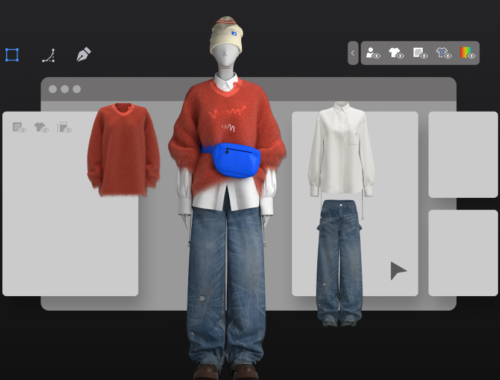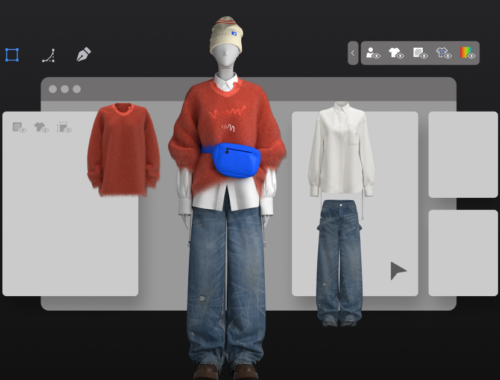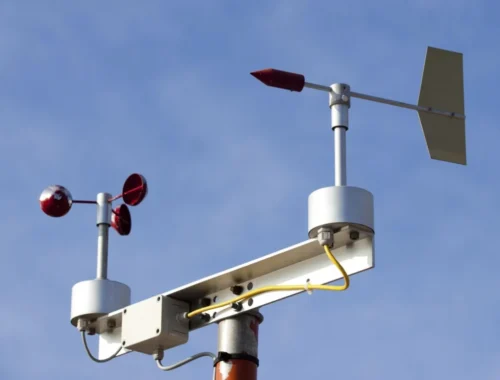An uncertain future for green-energy subsidies
An uncertain future for green-energy subsidies
The Commission’s plans to change rules on state aid for the energy sector aim to save money, but are worrying renewable energy companies
The focus of the renewables debate may be about what targets to set for 2030, but the future of the industry may be decided elsewhere: in guidelines for state aid for energy and environment to be published by the European Commission in July.
These guidelines will set out what kinds of subsidies member states are allowed to offer a sector such as renewables, with a view to minimising distortion of the internal market. They will apply from 2014 and, according to the Commission, will seek to introduce “more market-friendly” support, “avoiding any waste of taxpayers’ money”.
Click Here: new zealand rugby team jerseys
Joaquín Almunia, the European commissioner for competition, put the guidelines out for a third and final public consultation last December. There was plenty of reaction by the time the consultation closed in mid-February, with many in the renewables sector arguing that the push for competition among emerging technologies threatens to undermine the very principle of state aid. “The goal is not to make them [renewables] compete in a protected zone, but to help them mature so they can participate in an adjusted open electricity market,” says Frauke Thies of the European Photovoltaic Industry Association.
Support for renewables is expensive for Europe, although the €30 billion bill in 2010 was balanced by savings on imported fuel. The idea is to cut this figure by moving from feed-in tariffs (which set a higher payment for energy bought from renewable sources and fed into the grid) to feed-in premiums (which top up the wholesale electricity price) or tradeable green certificates.
Feed-in tariffs would be limited to small installations of less than 1MW (5MW for wind). For the feed-in premiums, the Commission proposes to distinguish between ‘deployed’ and ‘less-deployed’ technologies, where the former account for at least 1%-3% of EU electricity production. They would face a mandatory competitive tender. However, Thies and others in the renewables sector say this would pit green technologies against one another.
Offshore wind power would also face a problem with the proposed system, says Stephane Bourgeois of the European Wind Energy Association: its costs are not forecast to approach those of onshore wind until 2025, but it would account for 3% of European electricity production in 2020.
Different approaches
The problem with a technology-neutral approach, say renewables advocates, is the risk of over-compensating more mature technologies and, equally, of not giving others a chance. Tendering offers greater potential for budgetary control, but it can lead to strategically low bidding and poor implementation, and it could shut out smaller suppliers.
The Dutch support scheme that reportedly inspired the Commission’s proposals applies both tendering and technology-neutrality approaches. But it also makes no claim to foster innovation. The scheme is intended purely to ensure that the Netherlands meets its 14% renewables target for 2020.
The Commission has toned down its language on technology neutrality from earlier drafts of the state-aid guidelines. Now it says member states “may require a minimum number of different renewable energy sources to receive support without pre-defining those technologies”.
The discussion is not happening only in the Commission. Germany has introduced a dynamic cap on subsidies that shrinks as the market grows. This enabled Germany to achieve its target for newly-installed photovoltaic capacity in 2013. There are methods other than tendering that provide support while keeping costs under control. The Commission’s guidance on public intervention in the internal energy market last autumn recognises this and leaves the choice of support scheme open. In contrast, the state-aid guidelines seem focused on picking a winning scheme.
Two parallel investigations will also shape the state-aid debate. One is examining the UK’s request for nuclear subsidies for Hinkley Point C, its proposed new nuclear power station. The other concerns Germany’s exemption for industry from renewables levies. Together with the new guidelines, these verdicts will determine the future of tendering, technology neutrality, and who pays.
Sonja van Renssen is a journalist based in Brussels.
The highs and the lows
You May Also Like

AI in Fashion: Redefining Design, Personalization, and Sustainability for the Future
March 1, 2025
Revolutionizing Fashion: How AI is Redefining Design and Sustainability
March 1, 2025